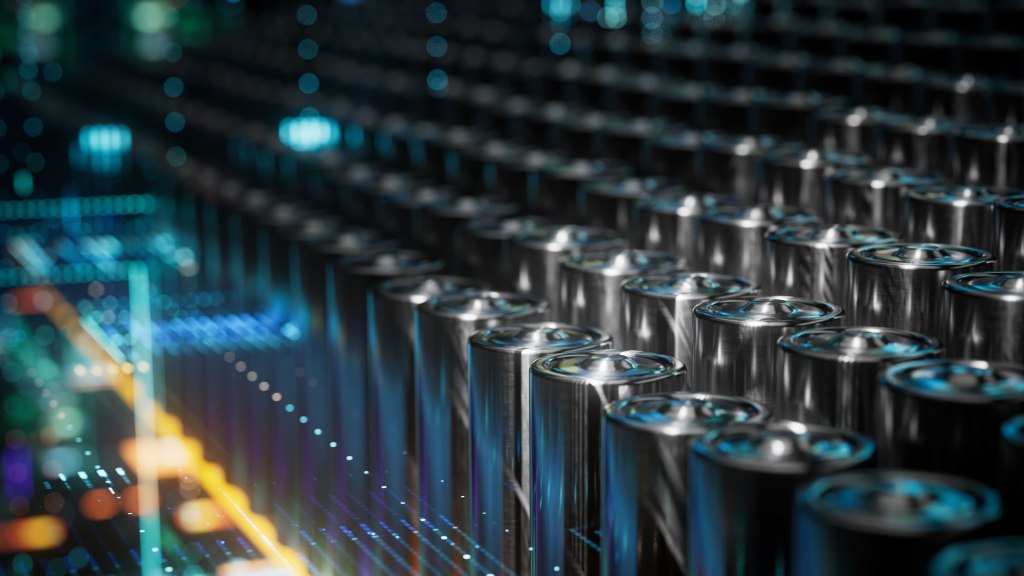South Korean researchers from Dongguk University, in collaboration with Kyungpook National University in Daegu, have dramatically improved lithium-ion battery technology using nanoscale engineering. According to reports, their innovations have successfully enhanced the technology’s energy storage and cycling stability, addressing the growing demand for efficient energy solutions.
A collaborative research effort led by Professor Jae-Min Oh of Dongguk University and Professor Seung-Min Paek of Kyungpook National University has resulted in a novel battery anode material that promises significant performance gains.
Their findings, published in the Chemical Engineering Journal, focus on a new hybrid composite material engineered at the nanoscale to optimize conductivity and stability.
The innovation’s heart is a hierarchical heterostructure composed of reduced graphene oxide (rGO) and nickel-iron layered double hydroxides (NiFe-LDH). Each component brings distinct advantages. Reduced graphene oxide is a high-speed highway for electrons, while the nickel-iron elements store charge through a fast pseudocapacitive mechanism.
Improving lithium ion using nanotechnology
Lithium-ion batteries have become the workhorses of modern energy storage, powering everything from smartphones and laptops to electric vehicles and renewable energy grids. However, the push for better performance, higher energy density, faster charging, and longer lifespan continues to drive global research and innovation.
What sets this new material apart is its unique structure, which is rich in grain boundaries that enhance charge storage and transport. The researchers employed a meticulous layer-by-layer self-assembly process using polystyrene (PS) beads as templates.
These beads were first coated with graphene oxide and NiFe-LDH precursors. Once the templates were removed, a thermal treatment transformed the nickel-iron layers into nanocrystalline nickel-iron oxide (NiFe₂O₄) and amorphous nickel oxide (a-NiO) while also reducing the GO into conductive rGO.
The result is a hollow, sphere-like structure where the active materials are well-integrated and protected, offering high conductivity and degradation resistance.
According to the research team, advanced imaging and analytical techniques, including X-ray diffraction and transmission electron microscopy, confirmed the structure and composition of the material. Moreover, electrochemical testing revealed impressive results: the new anode delivered a high specific capacity of 1687.6 mA h g⁻¹ at 100 mA g⁻¹, even after 580 charge/discharge cycles.
The scientists claim this outperforms many existing materials and suggests excellent longevity and real-world performance. The design’s hollow structure improves stability by preventing direct contact between active nanoparticles and the battery’s electrolyte, which is often a cause of capacity fade over time.
Breakthrough could pave way for better commercial battery technologies
“This breakthrough was made possible through close cooperation between experts in diverse materials,” said Professor Paek. “By combining our strengths, we could design and optimize this hybrid system more effectively.”
“We believe the future of energy storage lies not just in improving single materials but in developing systems of interacting materials that produce synergistic effects. This research shows a clear path toward smaller, lighter, and more efficient batteries,” he added.
The team’s work could lead to commercial battery technologies that deliver longer life, faster charging, and improved performance in everything from electric vehicles to grid-scale storage, potentially within the next five to ten years. As the global demand for cleaner, more efficient energy grows, innovations like this offer a promising glimpse into what’s possible.
You can view the study in Chemical Engineering Journal.
Read the full article here
